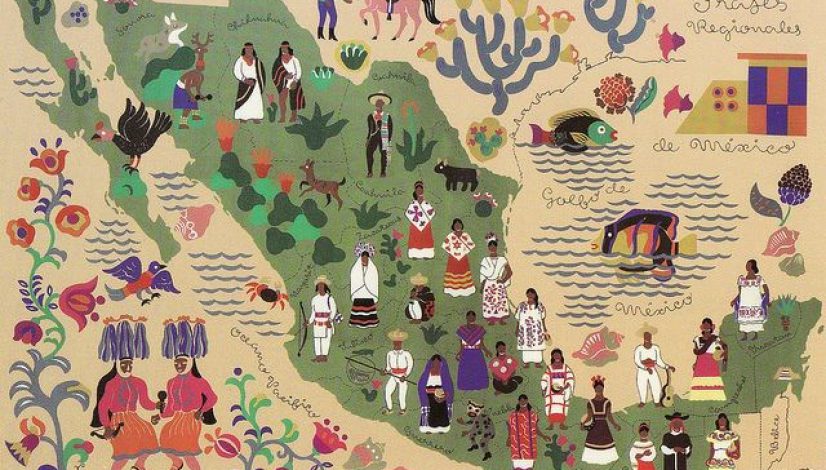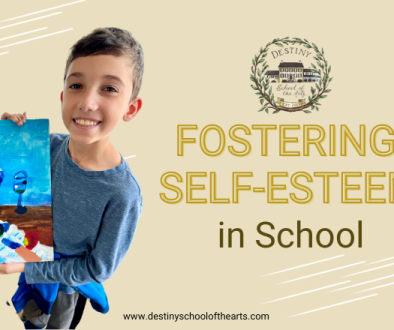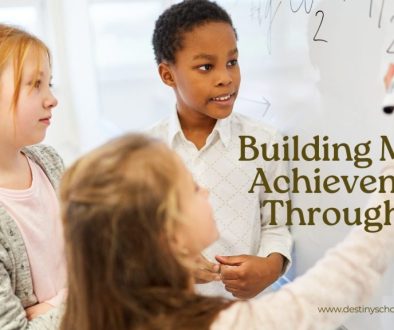What In The World Is Arts Integration?
By Jennifer Wigfield & Dan Christiansen
An Immersive Experience:
Imagine you are a young child embarking on your first day of Kindergarten. Today in class you are learning about Mexico. Now, you have never heard of Mexico and its rich culture, nor have you ever even seen the long, winding form of Mexico on a map. You don’t know what Mexican music or Spanish sounds like, with each of their wonderful, lyrical sounds and timbres, but today you are learning about each of these unique aspects of Mexican culture through Arts Integration.
By the end of your day you have seen Mexico on a map in relation to the United States, and simultaneously you have learned about a prominent Mexican artist by imitating this artist’s works or techniques. In Spanish, you have read a Mexican folktale and learned Spanish vocabulary through studying the country’s cultural characteristics. Finally, in music you have listened to famous Mexican bands and musicians, while working on rhythm patterns using maracas.
In a single day, you have not only been exposed to a colorful mosaic of Mexican culture, but you have also experienced it through touch, sight, sound, and feel. Instead of learning solitary facts, you have begun to build connections between concepts through hands on experience. Arts Integration is by its nature an immersive experience that allows a student to delve deeply into any subject they study.
The Four C’s:
The previous example is the perfect illustration of Arts Integration, a comprehensive, academic pedagogy that Destiny school of the Arts and many other prominent educational programs implement in their curriculum.
The John F. Kennedy Center, a strong advocate and developer of Arts integration best practices, defines Art integration as “an approach to teaching in which students construct and demonstrate understanding through an art form. Students engage in a creative process which connects an art form and another subject area to meet evolving objectives in both.” [1] The potency of this method stems from approaching education as a mode of cultivating “understanding,” through experiential learning. By making their objective understanding, a teacher’s goal becomes the development of their student’s sensibilities that build creativity, critical thinking, communication, and collaboration. These four C’s are part of the philosophical building blocks of Destiny School of the Arts learning strategy.
Students are encouraged to exercise their creativity in collaborative classroom projects, where students work together towards a shared goal. The Chicago Guide for Teaching and Learning Arts Integration in the Public Schools calls collaboration the “key element in Arts Integration.” Just like our classroom example of a kindergartener learning about Mexico, the Chicago Guide emphasizes that “effective arts integration instruction often begins with a topic that lends itself to study from several points of view.”[2] Destiny School of the Arts believes that the four C’s are the natural antecedent of an experiential learning process that builds meaningful connections between subjects and students. This premise postulates that these meaningful connections are best formed experientially when a student is allowed to interact with a subject, not just hear about it.
The bottom line is that Arts Integration is a whole person approach to education that treats people as creative beings who gain knowledge through experience. In the words of Arts Integration Specialist, Susan Riley, “Arts Integration allows us to build Chefs who make choices, not cooks who merely follow the recipe.” Arts Integration helps students exercise judgement like a Chef, who can not only discern between bad and good, but who can also tell what is best!
So, the next time you look at a map of Mexico, I hope you will not only see an image on a screen, but also hear the sounds of maracas rattling and dancer’s feet tapping. I hope you think about a beautiful country filled with inspiring artistic expressions that you learned about at your first day of Kindergarten, courtesy of Arts Integration.
To learn more about Arts Integration visit the following websites!
A world of creativity and knowledge awaits.
- Strategies for Arts Integration- Scholastic Publishing Company
- The Benefits of Arts Integration – Association of American Teachers
- How Integrating Arts Into Other Subjects Makes Learning Come Alive – KQED News
- Preschool Program – Destiny School of the Arts
- Elementary Program – Destiny School of the Arts
[1] Silverstein, Lynee, and Sean Layne. “What is Arts Integration.” The John F. Kennedy Center for the Performing Arts, 2010.
[2] “Arts Integration in the Public School.” Chicago Public Schools, chicagoguide.cpsarts.org/instructional-support/integration-overview.



